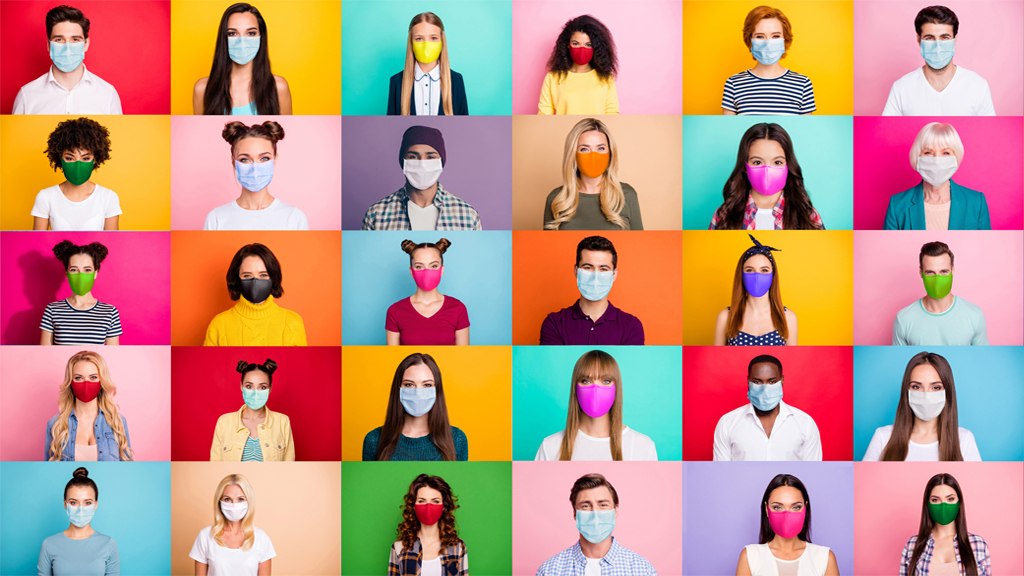Understanding COVID-19 Disparities Using Computational Modeling
Daily Do Playlist
By Scott E. Grapin, Daniel Wendel, Alison Haas, and Okhee Lee
Is Lesson Plan Middle School Grades 6-8
What Are Daily Do Playlists?
Daily Do Playlists are suggested instructional sequences of two or more Daily Do lessons in which students coherently build science ideas over time. While each Daily Do lesson in the Playlist can be taught as a stand-alone task, guidance is provided for teachers to navigate students from one lesson to the next in the context of a We culture:
- We figure out the science ideas.
- We figure out where we are going at each step.
- We figure out how to put the ideas together over time.
To better support both teachers and students, the individual Daily Do lessons that make up a Playlist have been updated to include tailored Google Docs, Slides, and/or Jamboard templates to facilitate students’ science learning in the classroom or virtual learning environment (synchronous and asynchronous).
Playlist
How Can Computational Modeling Help Explain the Spread of COVID-19?
In this first of three playlist lessons, How Can Computational Modeling Help Explain the Spread of COVID-19?, students use a computational model to explain how a virus such as COVID-19 spreads through a community. Then students consider the benefits and limitations of their computational model for explaining the phenomenon of viral spread.

How Can Computational Modeling Help Explain How Different Groups of People Are Affected When COVID-19 Spreads Through a Community?
In this second of three playlist lessons, How Can Computational Modeling Help Explain How Different Groups of People Are Affected When COVID-19 Spreads Through a Community?, students identify patterns in COVID-19 data by racial and ethnic group. Then students use a computational model to test their ideas about how different groups of people are affected when the virus spreads through a community.

How Can Computational Modeling Help Explain and Design Solutions to the Disproportionate Impact of COVID-19 on Racial and Ethnic Minority Groups?
In this third and final lesson in the playlist, How Can Computational Modeling Help Explain and Design Solutions to the Disproportionate Impact of COVID-19 on Racial and Ethnic Minority Groups?, students use their computational model from the How Can Computational Modeling Help Explain How Different Groups of People Are Affected When COVID-19 Spreads Through a Community? Daily Do lesson, in combination with other data sources, to argue that two conditions contributed to the disproportionate impact of COVID-19 on racial and ethnic minority groups: (1) frontline work and (2) household living arrangements. Then students use a computational model to design solutions to the disproportionate impact. Students test whether mask wearing at the individual level helps solve the problem. As students realize that systemic (or system-level) problems require systemic solutions, they propose systemic solutions (e.g., safe public transit, affordable housing).



